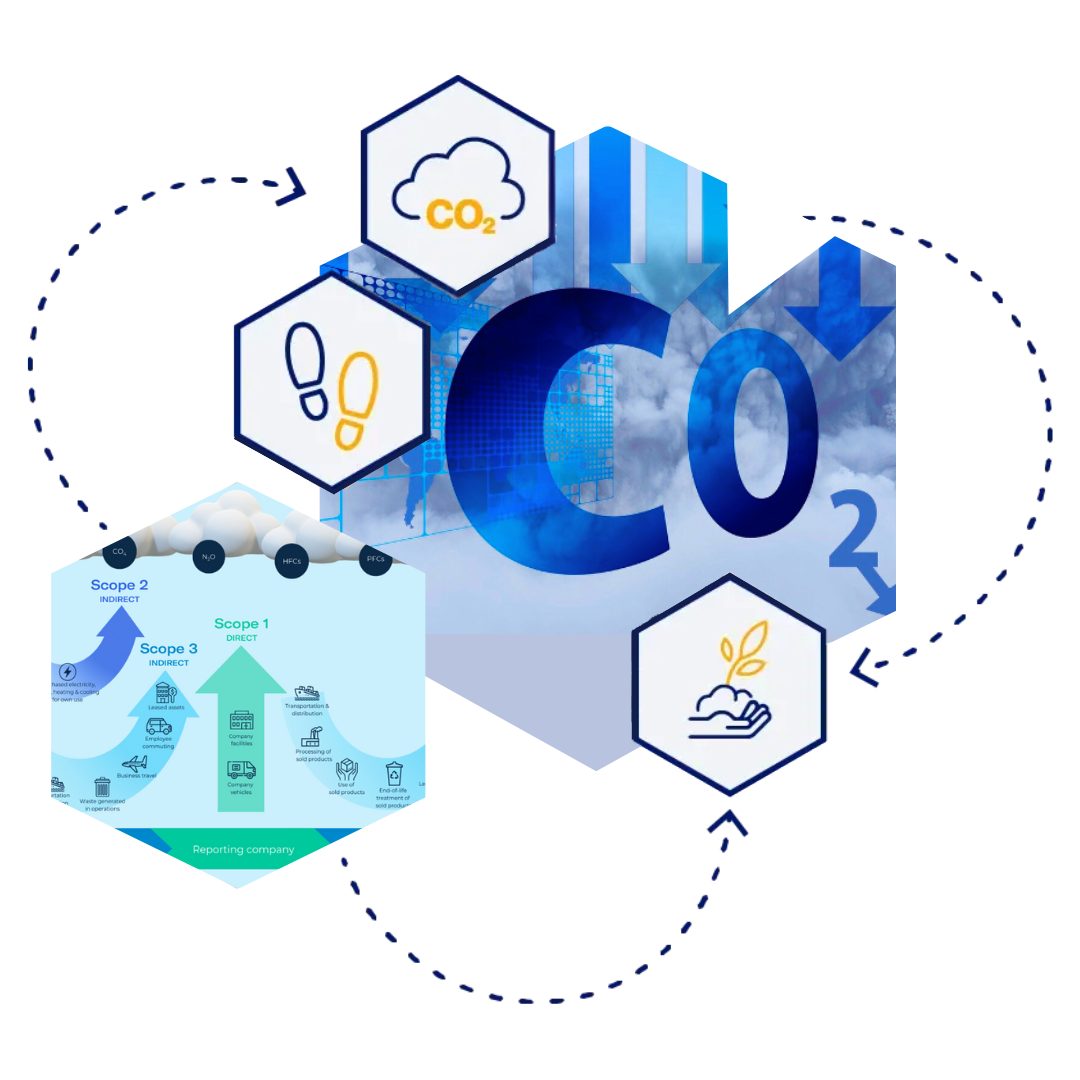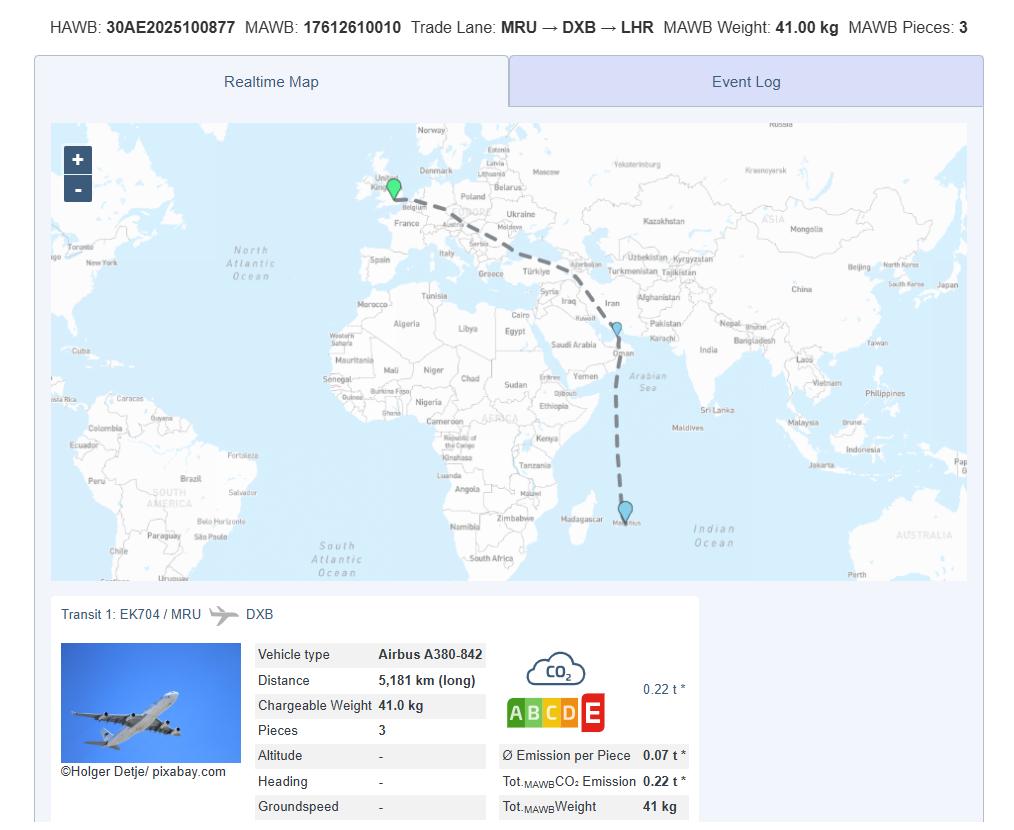Measuring Supply Chain Emissions is Essential
The EU’s Corporate Sustainability Reporting Directive and California’s SB 253 (in effect from 2026) have expanded their corporate emissions reporting requirements to cover Scope 3 emissions. This means emissions arising from their value chains, upstream and downstream, and that includes emissions arising from inbound and outbound transportation.
And for EU companies, the reporting requirements don’t just concern current emissions but include a requirement to report on future mitigation strategies.
Accurate transportation emissions reporting is important. A simple example. Airfreight emissions are 51 times as high as oceanfreight emissions per tonne/kilometre. And emissions for an indirect routing are 76% higher than for a direct routing.
As a German visibility company, we have developed the most accurate air and ocean emissions reporting to serve our European customers. Available together with our tracking services or as a standalone service.



.jpeg?width=1600&height=700&name=WhatsApp%20Image%202025-09-26%20at%2010.25.07%20PM%20(1).jpeg)
BlueBox does not work with estimates. Calculations are based on facts – routing, the exact aircraft or vessel used ( age and engine configuration), fuel type, and the exact transit. Result – accurate Co2 data. We combine the real-time shipment data with CO2 data from EcoTransit World’s scientific and neutral methodology. The tool is also accredited by the Smart Freight Center and meets the requirements of EN 16258 and the GHG Protocol (Corporate Standard).
"Our comprehensive CO2 reporting allows users to track emissions per period, trade lane and carrier – providing not only graphical and downloadable reports, but data driven insights to enhance mitigation strategies. Based on Ecotransit guidelines, we also provide A thru E Ecoscores which enable at-a-glance summaries that indicate whether your emissions are acceptable or problematic."
The EEA report ‘Sustainability of Europe’s mobility systems’ sums up transport sector’s key trends as of 2024, and their environmental and climate impacts. The report shows that transport remains a major source of greenhouse gas emissions, air pollution and noise. While projections for 2030 and beyond show some positive signs, substantial investments in implementation of innovative solutions and a shift to more sustainable transport modes are still needed.
European Environmental Agency
.jpg)


.png?width=212&height=88&name=Link%20(1).png)
.png?width=212&height=88&name=Link%20(2).png)
.png?width=212&height=88&name=Hellmann%20logo%20(1).png)










.png?width=212&height=78&name=Hellmann%20logo%20(2).png)

.png?width=1337&height=425&name=Easyfresh-Global-logo-1-(1).png)
%20(1).png)
